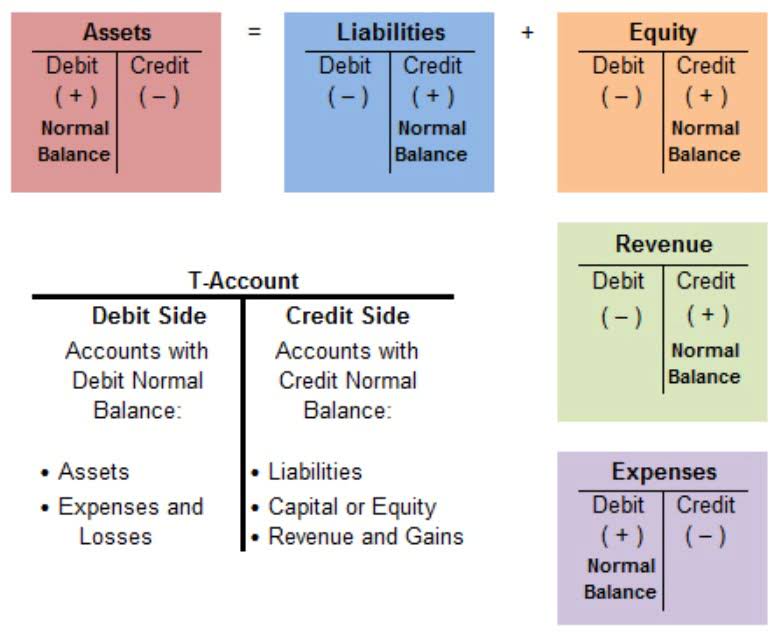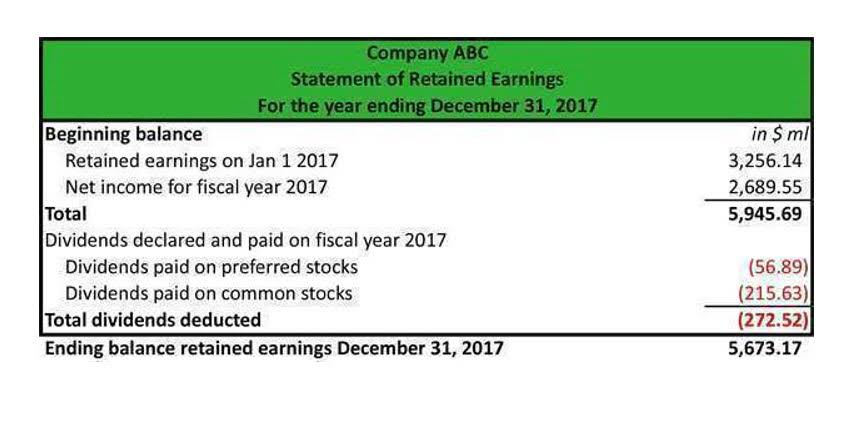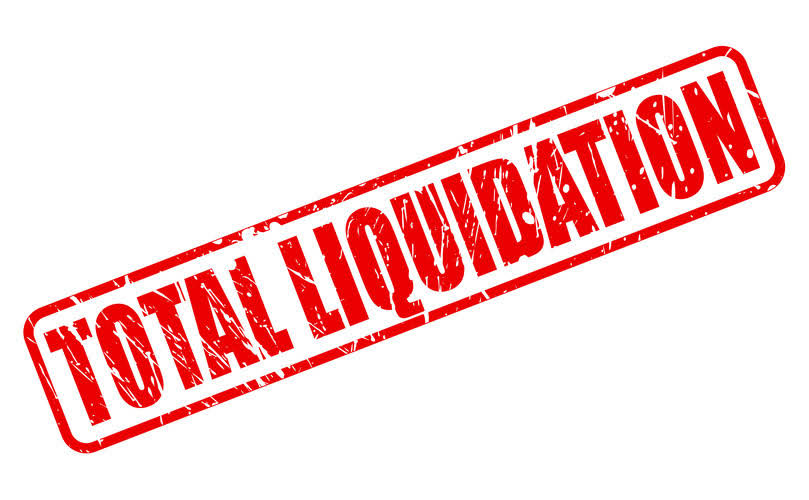Understanding MM in Finance: Usage, Differences, and Impact

Organizations like the International Financial Reporting Standards (IFRS) emphasize the need for consistent and comparable financial statements. By adopting “MM,” companies can ensure that their financial reports meet these standards, enhancing their credibility and attractiveness to global investors. The industrial revolution further accelerated the adoption of “MM” in financial reporting. As businesses grew in scale and complexity, the volume of financial data increased exponentially. The need for efficient and standardized reporting methods became more pressing, and “MM” emerged as a practical solution. It allowed accountants and financial analysts to present large figures in a more digestible format, facilitating better decision-making and financial planning.
What does MM stand for in finance?

This is particularly important in cross-border transactions and investments, where accurate financial information is crucial for decision-making. The term MM is used in the finance world to denote one million and is a standard nomenclature used across the globe. It is commonly used in financial documents, contracts, and communication, especially those regarding large monetary amounts. The finance term MM, denoting ‘Million’, is important due to its wide usage in financial documents, reports, and communications to represent large quantities of money. Large enterprises often present their financial statements and other reports with the figures in the millions, i.e., and they use ($ MM).
Streamlining Financial Documents
- However, it’s important to note that it may be less known in areas where the use of Roman numerals is not common and in non-English speaking countries who may use other abbreviations.
- The prevailing thought as to why Romans used letters to represent numerical values instead of numbers involves the fingers on a person’s hand.
- In financial operations – where every zero in a number is crucial – abbreviating large figures helps reduce potential errors when handling complex calculations and transactions.
- If you see “one quintillion,” you know that it’s a lot – and have spatial awareness of what it represents.
- The finance term MM, denoting ‘Million’, is important due to its wide usage in financial documents, reports, and communications to represent large quantities of money.
- If net income runs to $6,500,000, it goes on the books as $6.5MM.
You might come across “mm” in scientific or engineering fields, where different values are required, and they can reach well into the millions as a unit. However, it’s fairly uncommon for “Million” to be abbreviated outside of scientific circles. Most native speakers wouldn’t care much about “million” as an abbreviation because they won’t often come across the number in their daily lives. “mm” (which is usually kept in the lower case) is an https://www.facebook.com/BooksTimeInc/ old-fashioned abbreviation that doesn’t see much common usage.

Historical Context of MM in Finance
When two Ms are together (MM), it indicates 2,000 when using this methodology for expressing numbers. To avoid confusion, the term $1MM is often used to designate a million, while the generic “MM” represents 2,000. To avoid confusion, use any and all abbreviations consistently what does mm mean in business throughout all your financial records.
You have to be careful when using it or interpreting it because MM can stand for other things too. It also saves space and enhances readability in financial reports, statements, or ledgers where space might be limited. Furthermore, using MM can make a large-scale monetary value easier to quickly grasp, both visually and conceptually, as it simplifies the financial quantities being discussed or presented. The term enables clarity and consistency, reducing the risk of misunderstandings due to different interpretations of number notation. It originates from the Roman numeral, M, for thousand, and MM is used to indicate one thousand thousands, which makes a million. It is commonly used in financial documents, or when discussing budgets, earnings, or other financial data.


Wealthier individuals and households would reach to the millions. If you see “one quintillion,” you know that it’s a lot – and have spatial awareness of what it represents. This methodology differs from everyday slang, which takes the first letter from each word as the primary abbreviation. The prevailing thought as to why Romans used letters to represent numerical values instead of numbers involves the fingers on a person’s hand. This underscores how deeply ingrained MM is across major financial organizations.
- To understand MM, we have to go back to the early days of accounting when Roman numerals were used to record ledgers.
- As commerce and trade expanded during the Renaissance, the need for more sophisticated financial reporting became apparent.
- You won’t typically see the power of 10 rule applied to financial documents today.
- For example, when comparing financial statements from different companies, the use of MM ensures that figures are easily comparable, reducing the risk of misinterpretation.
- “mm” is often left uncapitalized (though there are no specific rules that state which way it should be written).
You’ll find that it’s mainly used in the energy sector, but it otherwise doesn’t get recognized. I generally use $___MM, which was, and still is, often used by accountants and economists. Before “K” was adopted as the colloquial way of writing a thousand (i.e. $35k to mean $35,000), it was common to use “M” instead; “M” being the Roman Numeral for 1,000. As a result, “M” simply became shorthand for adding three zeros and thus “MM” became the shorthand for adding six zeros. The https://www.bookstime.com/ Greek option is typically capitalized when multiple abbreviations are used for accounting purposes.
This is particularly important in scenarios where quick decision-making is required, such as during mergers and acquisitions or when assessing investment opportunities. In financial operations – where every zero in a number is crucial – abbreviating large figures helps reduce potential errors when handling complex calculations and transactions. The Authorized Share Capital of Company is $15,000,000 shares of $ 100 each i.e. $ 1,500,000,000. Your sentences come from this report from Kleiner Perkins Caufield & Byers, who is a financial firm, so it is understandable that they would use MM to refer to millions.

